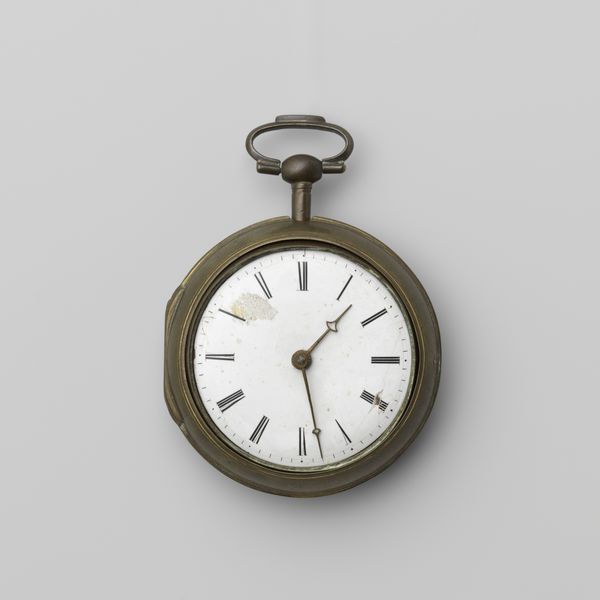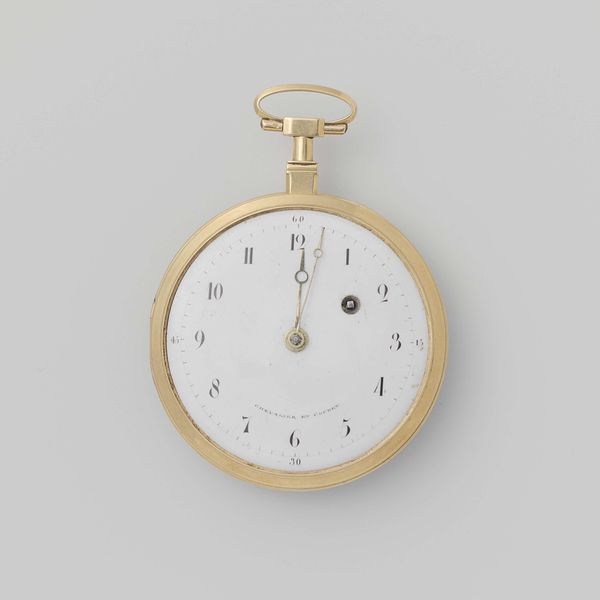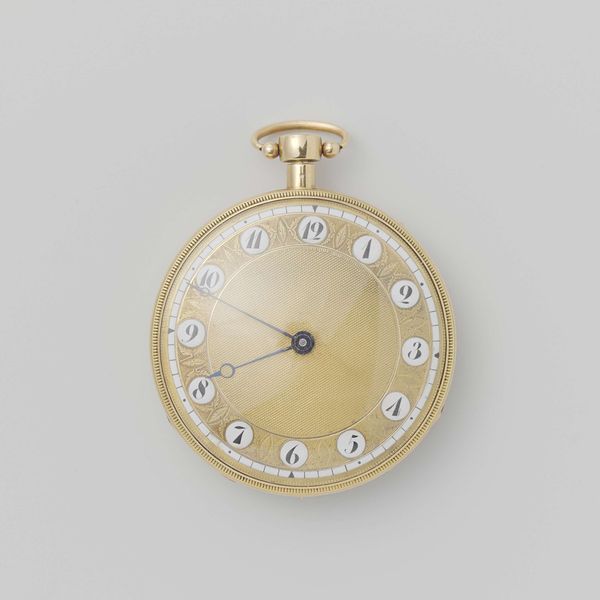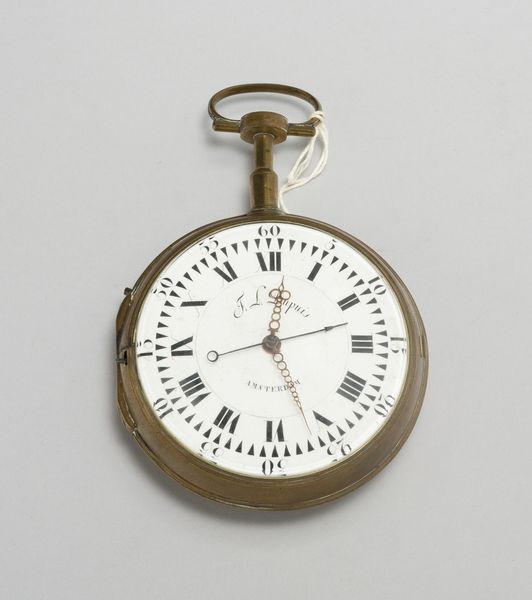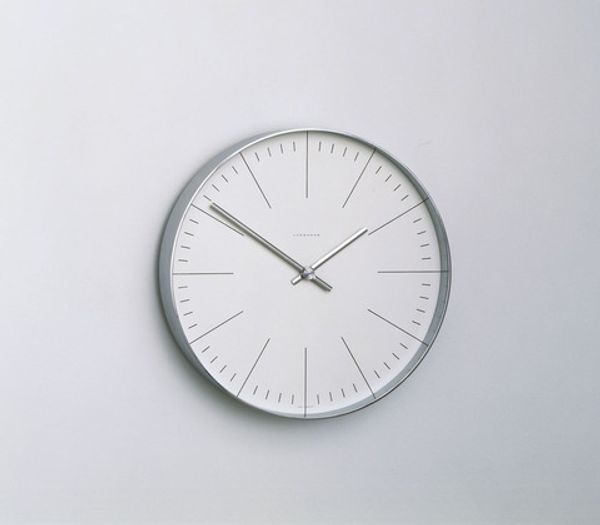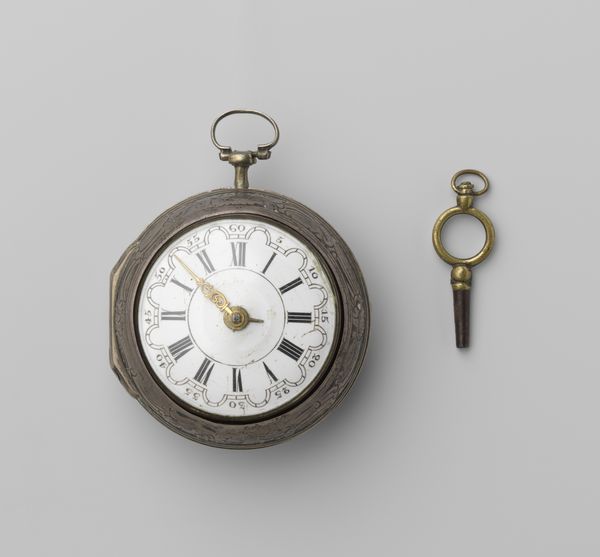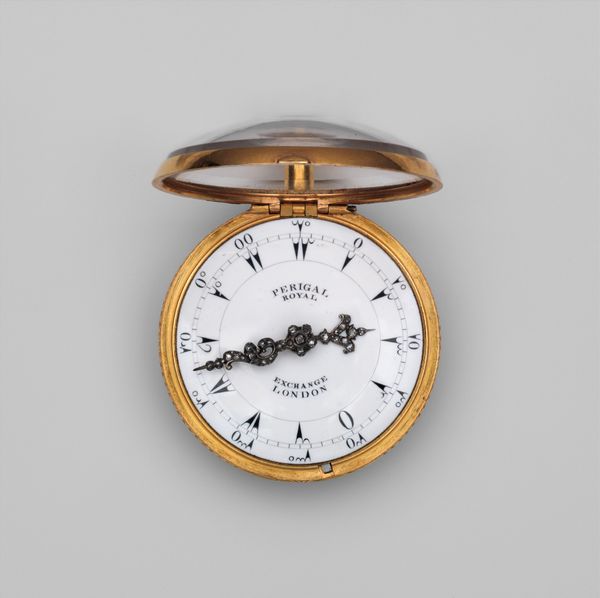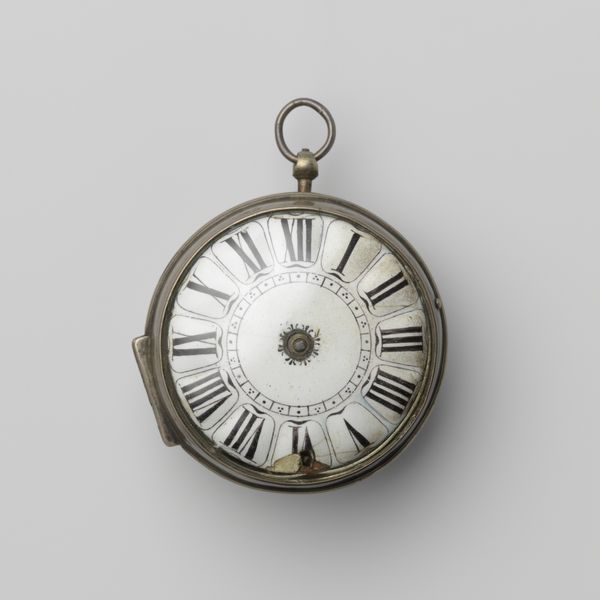
installation-art
#
conceptual-art
#
minimalism
#
installation-art
Copyright: Felix Gonzalez-Torres,Fair Use
Curator: Welcome. Today, we’re looking at Felix Gonzalez-Torres’ piece from 1990, “Untitled” (Perfect Lovers). It’s an installation featuring two identical, battery-operated clocks mounted side by side on a wall. Editor: There’s something immediately unsettling about it. The relentless ticking, the feeling that they’re synchronized but inevitably destined to fall out of sync. A kind of melancholy that speaks to time passing and connections changing. Curator: Absolutely. Gonzalez-Torres often used commonplace objects to explore deeply personal and universal themes, and here the clocks initially run in perfect unison. This synchronicity serves as a potent metaphor for the idealized state of a loving relationship, a theme running throughout his work. Editor: Yet the threat of discord hangs heavy. Considering Gonzalez-Torres’s context during the AIDS crisis, the work reads as a poignant memento mori. A reminder of love’s fragility but also the inevitable specter of death. The subtle anxieties really hit me hard. Curator: You’ve nailed the historical backdrop there. This artwork resonates deeply when considered in relation to the AIDS crisis of the late 80's and early 90's. Gonzalez-Torres’ partner, Ross Laycock, died from AIDS in 1991, shortly after this piece was created, providing even greater gravitas for the symbolic narrative behind this piece. Editor: It's fascinating how the piece, at first glance, embodies minimalism with its repetition and simplicity of form. But beneath that veneer, there’s this intensely emotional core, the political reality of queer identity and love threatened by disease and systemic neglect. The beauty is inextricable from the deep sorrow. Curator: And the beauty lies in its mutability as well. Part of the display guidelines suggests that when one clock stops functioning, it must simply be replaced instead of repaired, emphasizing our temporary state. These pieces become not so much fixed objects, as signifiers in flux that embrace continuous interpretation, shaped as much by our response to it, as its artistic intention. Editor: In a world often demanding that queer lives remain hidden, “Perfect Lovers” exists as a powerful affirmation of love. A radical act of visibility, immortalized in the artistic sphere to incite continuous dialogue about life, death, love, and grief. Curator: A remarkable fusion of simplicity, emotion, and institutional critique all bound into two everyday clocks mounted on a wall. The effect of “Untitled” (Perfect Lovers) far exceeds the humbleness of its component materials. Editor: Indeed, something so seemingly ordinary transforming into something so unbelievably profound and heartbreaking. The art is simply devastating, a potent expression for audiences far into the future.
Comments
No comments
Be the first to comment and join the conversation on the ultimate creative platform.
